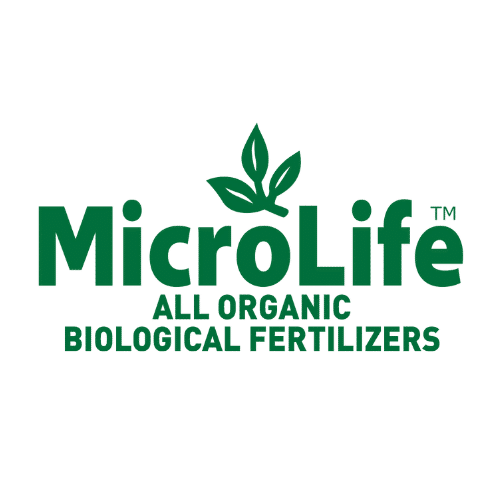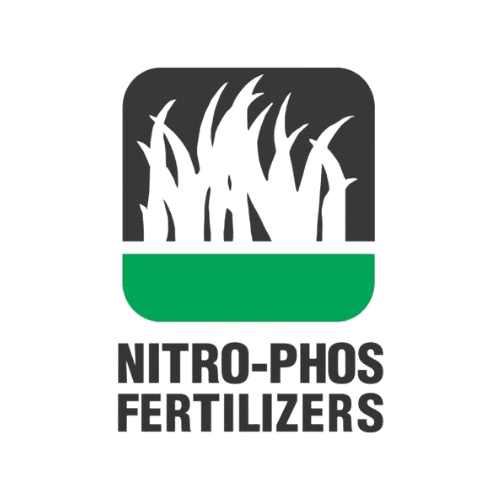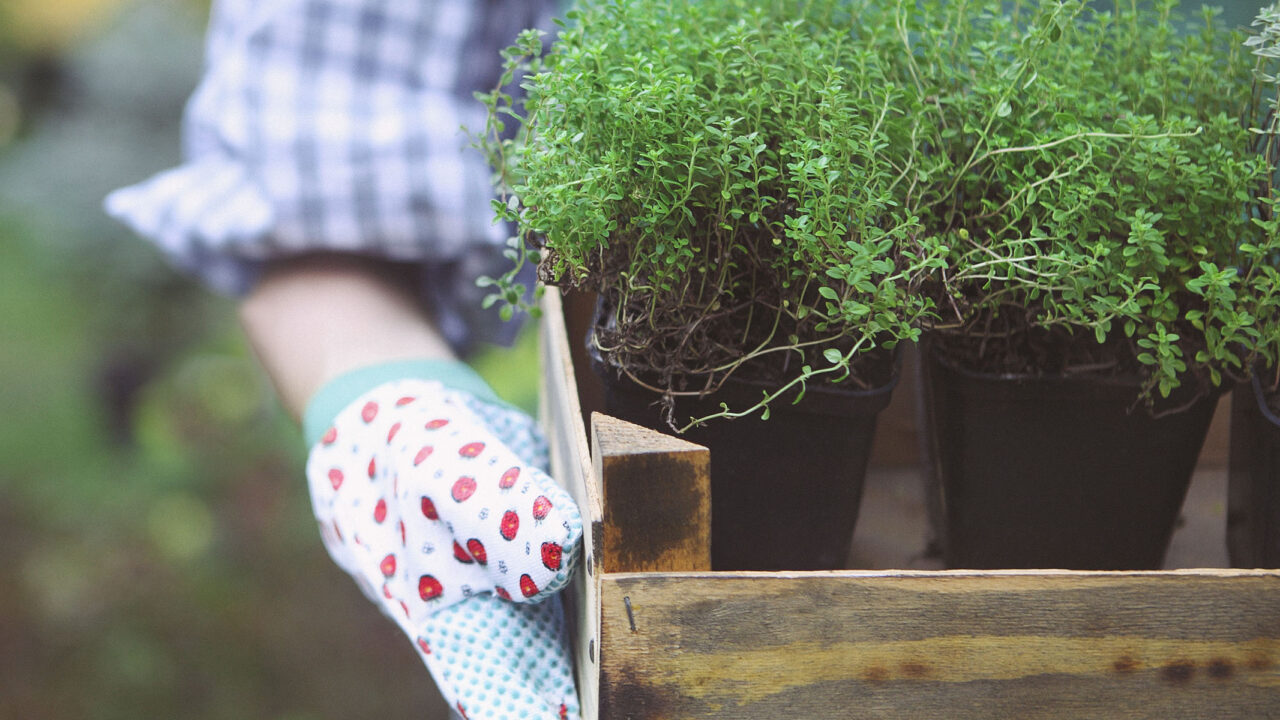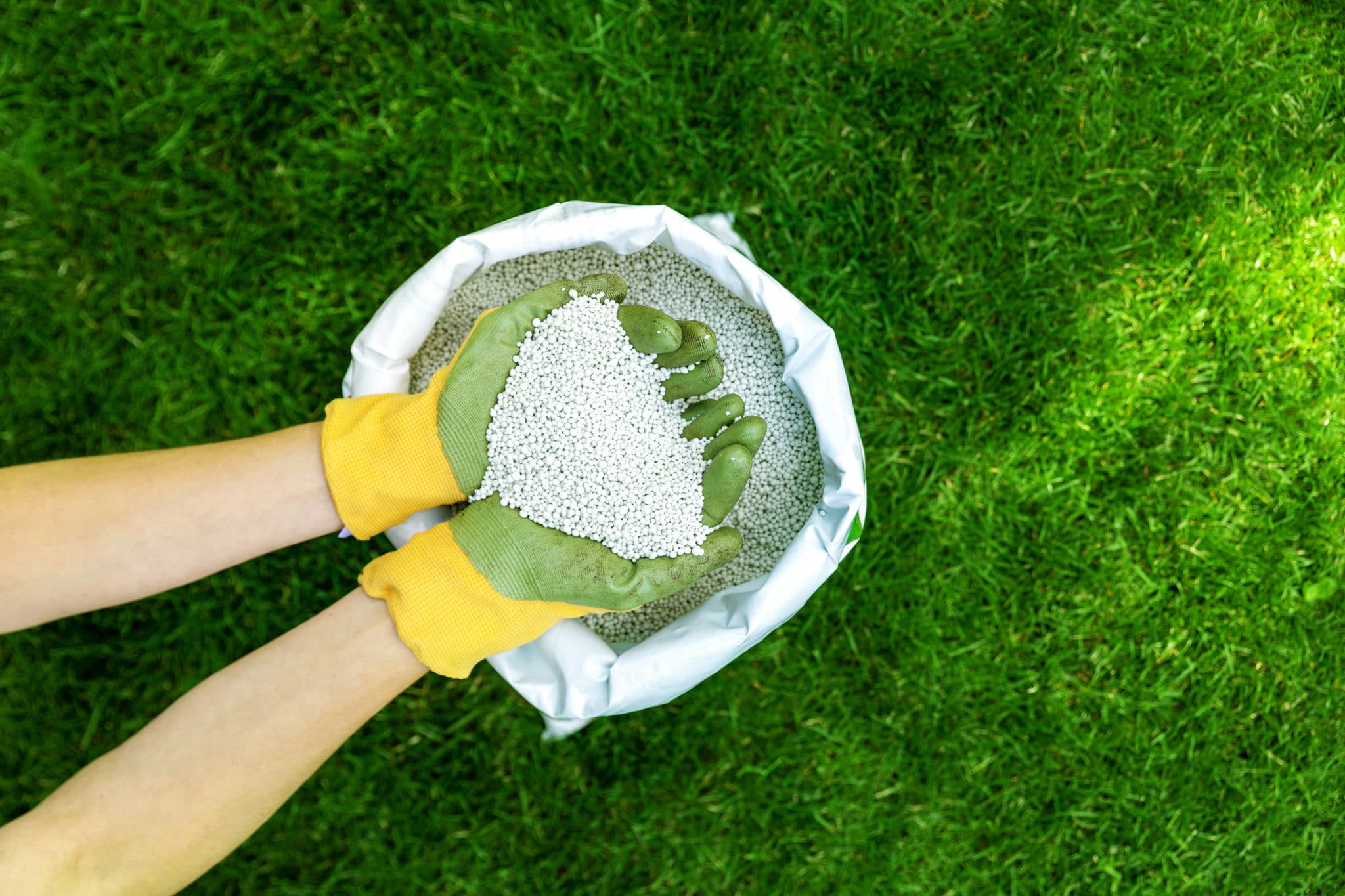
Fertilizers
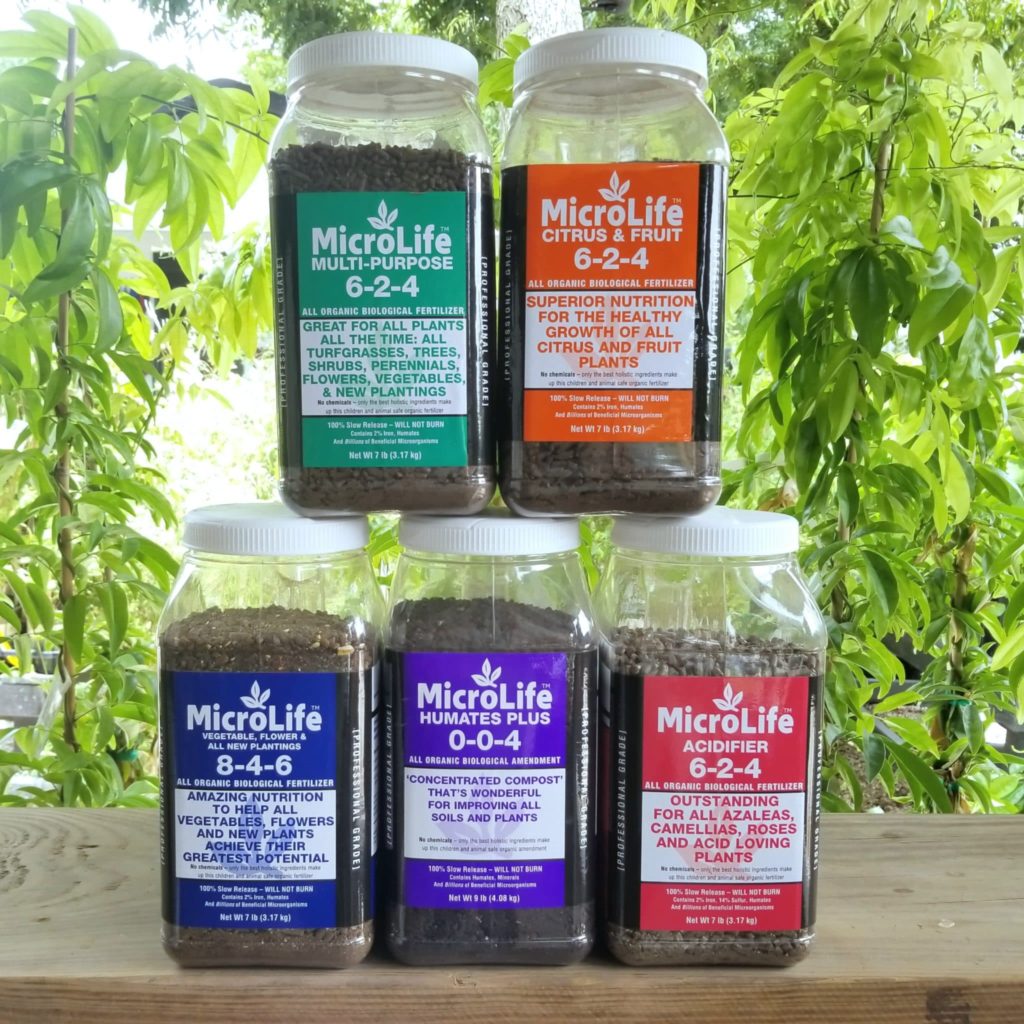
Plant Nutrition
Like any living thing, plants need the proper nutrition to grow and thrive. But if you have never thought of fertilizer before, you probably find yourself at a loss as to how to apply it. In its simplest terms, fertilizer is a naturally occurring organic or inorganic material that, through being added to soil, provides nutrients essential for plant health. When choosing a fertilizer for your garden, you have a variety of options – organic or chemical – which can be applied in either liquid or solid form.
Fertilizer Explained
Fertilizer numbers are important in determining the nutrient content of fertilizers. However, in their various forms, they can be confusing to understand and confusing to compare. The numbers on fertilizer packages tell you how much nitrogen (N), phosphorus (P), and potassium (K) are in it. These three numbers on the package represent the N-P-K ratio of the fertilizer.
So what does each element do for the plant?

Nitrogen
Nitrogen is mainly used for the production of proteins and chlorophyll. Plants need nitrogen to make amino acids which are the building blocks of proteins. Proteins help build strong stems, leaves, and roots which support plant growth and strength against stresses such as high wind and heavy rain.
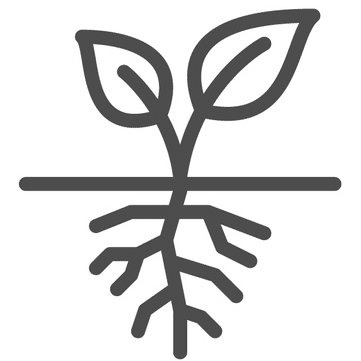
Phosphorous
Phosphorus is a crucial nutrient in plant nutrition. It is essential for vegetative growth and it also has a major impact on flowering and fruiting. Phosphorous is a key component in DNA and RNA; it also plays a significant role in energy transfer within the cell.

Potassium
Potassium is a mineral, an essential nutrient that is required by plants’ overall health. Potassium deficiency can occur when the soil pH is too high or there is too much available nitrogen. Having enough potassium will lead to a plant with greater stress tolerance.
Nutri-Star Fertilizer
When you spend hours picking out the perfect plants for the garden, you want to make sure you have a fertilizer that helps them grow to their full potential.
Each Nelson NutriStar product is agronomically designed for a different type of plant, releasing the targeted macro and micronutrients required for various plant types to thrive. The company used extensive research in nutrient needs for a variety of species to develop their plant-specific NutriStar products. The results are stronger plants that yield stunning results.
Read more about each Nutri-Star Product below!
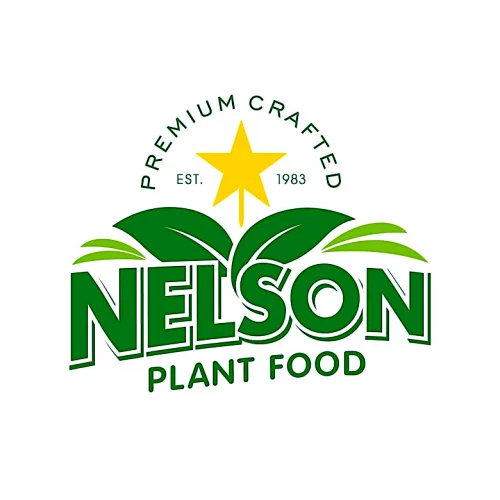
Where to Use
Flowering tropicals including: Althea, Ixora, Mallow Hibiscus, Rose of Sharon, TX Sage, TX Star Hibiscus, Tropical Hibiscus
Benefits
- Five sources of Nitrogen
- Non-leaching and will not burn plants
- Highly effective both indoors and outdoors
How To Use
Apply over the entire surface of the growing media and water in thoroughly. Apply at the following rate:1 tablespoon of product for every 1 gallon of water.
Where to Use
Plants that prefer an acidic environment or have problems with iron deficiencies, including but not
limited to: Azaleas, Caladiums, Dogwoods, Ferns, Gardenias, Hydrangeas, Jasmines, Magnolias, and Red Buds
Benefits
- Three sources of Nitrogen that are slow relase types which helps avoid root burn
- Three types of iron and four acidifying sources
How To Use
Apply over the entire surface of the growing media and water in thoroughly. Apply at the following rate: 2 tablespoons of product for every 1 gallon of water.
Where to Use
Flowering tropicals including: Candletrees, Crotons, Frangipanis, Ground Orchids, Ixora, Lei Plants, Mexican Firebrush, Plumeria, Stephanotis, Tree Ferns
Benefits
- Slow release fertilizer
- Improves flowering and plant structure
How To Use
Apply over the entire surface of the growing media and water in thoroughly. Apply at the following rate: 1 tablespoon of product for every 1 gallon of water.
Where to Use
For flowering vines including, but not limited to: Allamanda, Bougainvilleas, Coral Vines, Diplandenia, Honeysuckles, Jessamines, Mandevilla, Passion Vines, Queen Ann’s Lace, Trumpet Vines, and Wisteria
Benefits
- Promotes healthy growth and blooms
- Four sources of Nitrogen
How To Use
Distribute evenly over planted area and water thoroughly. Use
at a rate of 1/2 cup per 10 sq. ft. or 5 cups per 100 sq. ft.
Fertilizers
Brands We Trust
We the Wild
We’ve got a new kid on the plant care block! We’d like to introduce you to We the Wild products.
We the Wild creates 100% organic products that are free of chemical ingredients and burn-proof, meaning their fertilizers won’t burn your houseplants. Their products are made with the help of earthworms and contain up to 3 billion microbes per teaspoon. Talk about a powerhouse product!
In addition to all of their products being organic, they also plant a tree for every product purchased. This means your purchase is not only good for your plants but also good for the environment.
Your plants mean the world to We the Wild which is why they’ve tested their products on a variety of popular plants including Fiddle Leaf Figs, Monsteras, Orchids, Succulents & Cacti, Ferns, Hydro Plants, and Bamboo!
Click through the tabs below to read about each product.

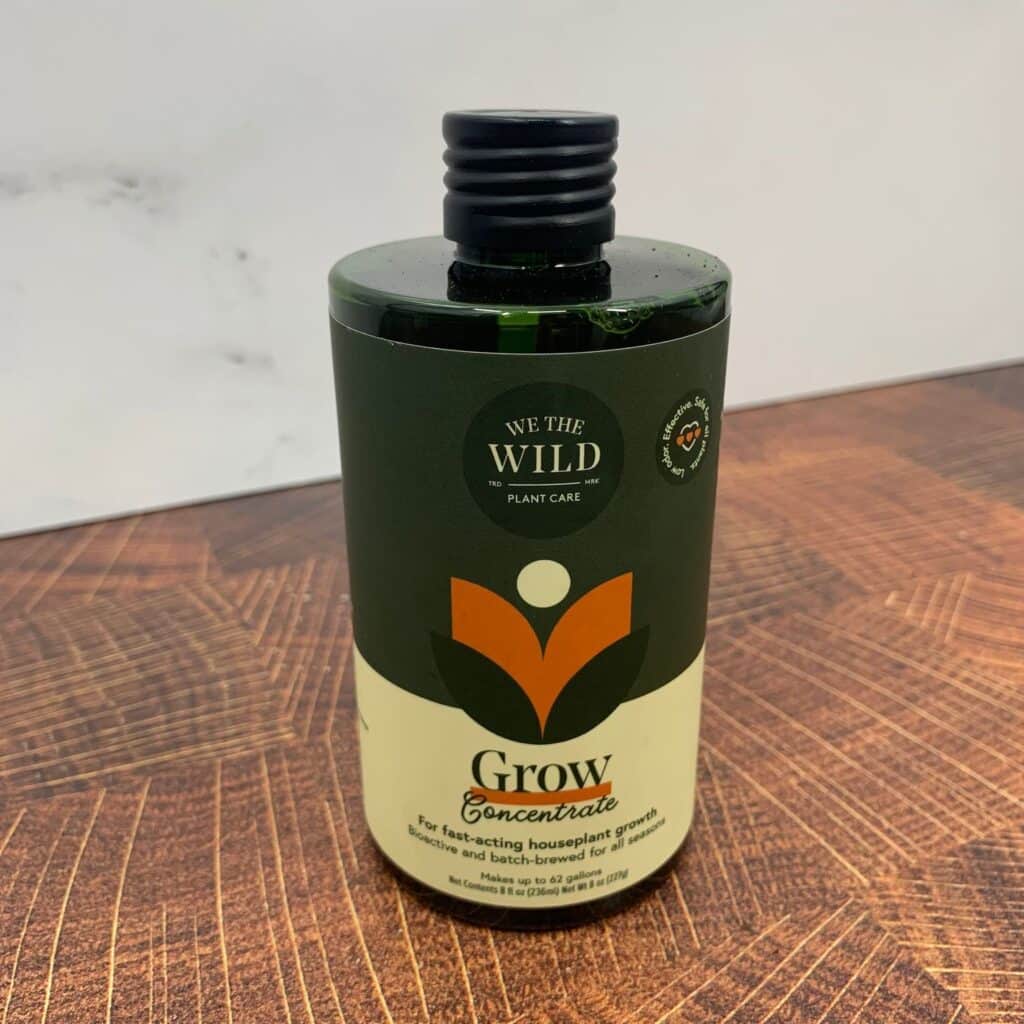
Kick-start your plants with this highly active, safe and natural plant food. Designed for fast absorption and packed with bacteria, enzymes, and nutrients for speedy growth and healthy plants. Suitable for all plants throughout the whole year and safe for pets!
A potent blend of organic elements is diverted from landfill, lovingly processed by Californian earthworms, and brewed for a plant-powering kick!
20 groups of beneficial microbes and over 4 million microorganisms per teaspoon help plants to process nutrients much more efficiently, leading to fast growth and thriving plants.

Shine and protect your leaves with their unique formulation of Australian-inspired ingredients + an effective dose of Neem Oil. It’s great for organic gardening, year round, and helps remedy the environmental stressors that make plants struggle.
This potent yet gentle formula combines a microbial solution with highly effective Neem Oil and the purest botanical oils.
Contains: Water, Liquid Vermicast, Vegetable Oils, Essential Oil Blend, Neem Oil, Soap, Natural Emulsifier
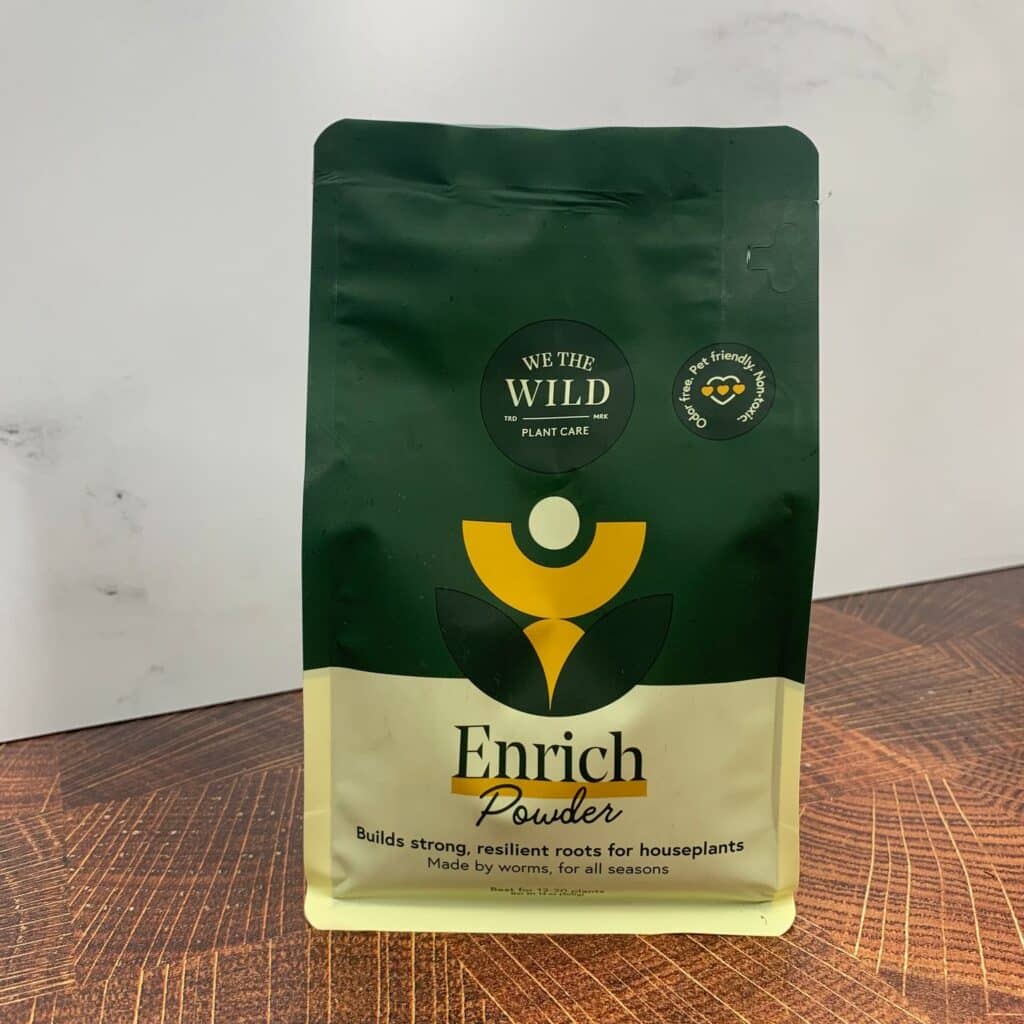
Strong roots = a healthy houseplant! Over time, the beneficial fungi spring to action, enriching soil and building stronger, more resilient roots. Your houseplants will enjoy improved nutrition and less abiotic stress.
A complex blend of organic greenery is diverted from landfill, lovingly processed by Californian earthworms and air dried and aged for maximum results.
10 groups of beneficial fungi and 3 billion microorganisms per tsp release into the soil to help plants better absorb nutrients. Included mycorrhizal fungi acts as the plants ‘messenger’, meaning your plant builds a symbiotic relationship with its soil. Enrich transforms your soil into a teeming ecosystem, ripe for growth!

Keep your houseplants happier and healthier, without the guesswork. Their 3 Essentials give you the A-B-C of plant care; fast growth, healthy leaves and strong, resilient roots.
Includes:
- Grow Concentrate
- Protect Spray
- Enrich Powder
How to Use:
Step 1: Use the Grow Concentrate with every water for fast growth and resilient plants.
Step 2: Add the Enrich Powder before every water or when repotting provide your plants with daily support.
Step 3: Spray with Protect when plants need some extra love, or prevent a multitude of problems by spraying fortnightly.
